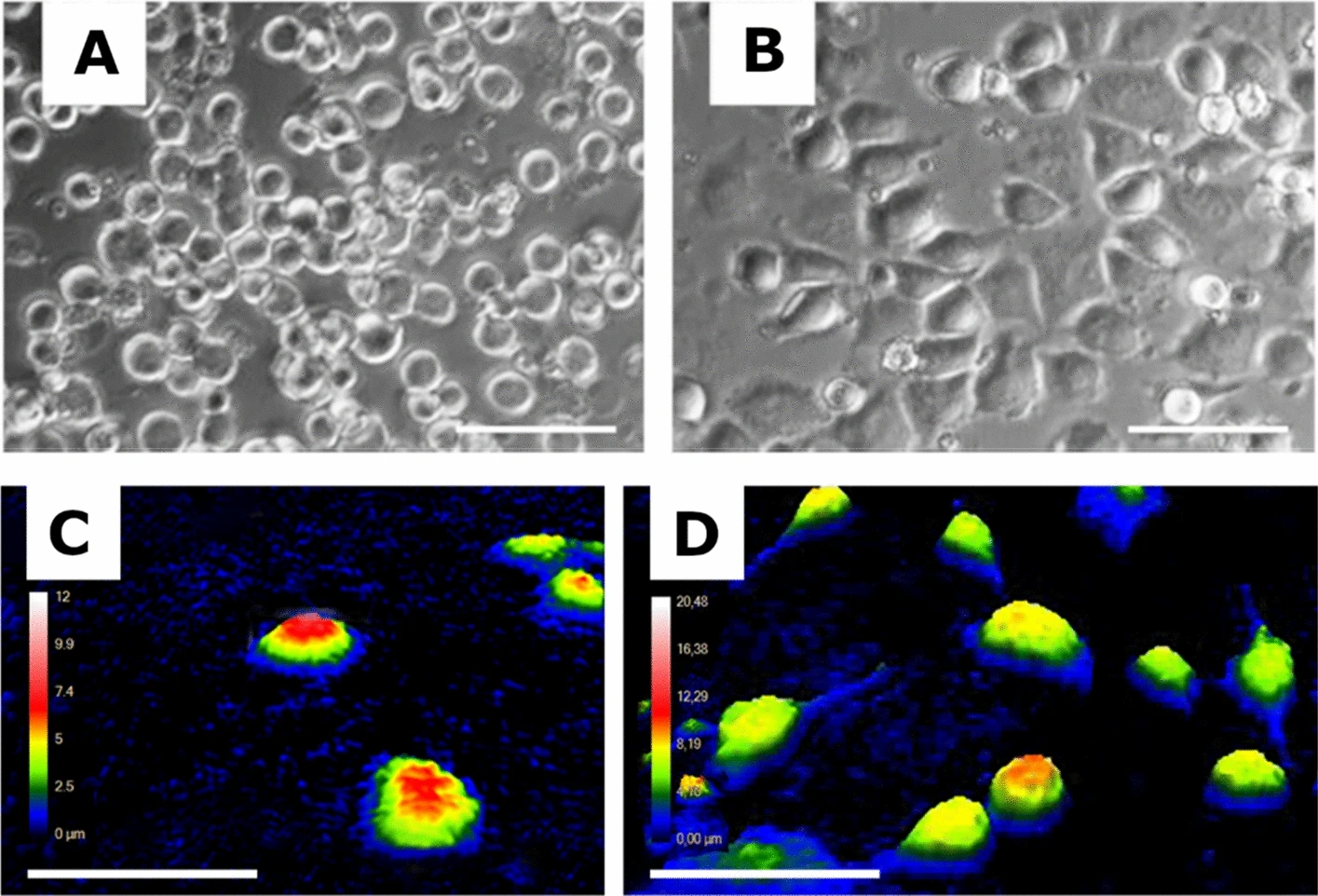Customer Publication

Optical sensor reveals the hidden influence of cell dissociation on adhesion measurements
Journal: Scientific Reports (2024)
Institution: Nanobiosensorics Laboratory, MFA, Centre for Energy Research, HUN-REN, Budapest, Hungary
Research Areas: Materials Science
Cell Lines: HeLa (Human cervical cancer cell line)
Summary: The paper presents a study on the impact of cell dissociation methods on cell adhesion. Cell adhesion experiments are crucial in tissue engineering and for testing new biologically active surfaces, prostheses, and medical devices. A critical step in handling all adherent cell types is their dissociation from their substrates for further processing. However, the impact of the choice of dissociation method on cell adhesion in subsequent measurements is not well clarified.In this study, the authors demonstrate that the application of a label-free optical sensor to quantify the effect of cell dissociation methods on cell adhesivity, both at the single-cell and population levels. The optical measurements allow for high-resolution monitoring of cellular adhesion without interfering with the physiological state of the cells. They found that the choice of reagent significantly alters cell adhesion on various surfaces. Their results clearly demonstrate that biological conclusions about cellular adhesion when comparing various surfaces are highly dependent on the employed dissociation method.Neglecting the choice of cellular dissociation can lead to misleading conclusions when evaluating cell adhesion data from various sources and comparing the adhesivity of two different surfaces. By understanding how cells adhere to different materials, it becomes possible to develop new biologically active surfaces and medical devices. HoloMonitor M4 is used to image the non-coated and 50% PPR-coated sensor surface of HeLa cells.